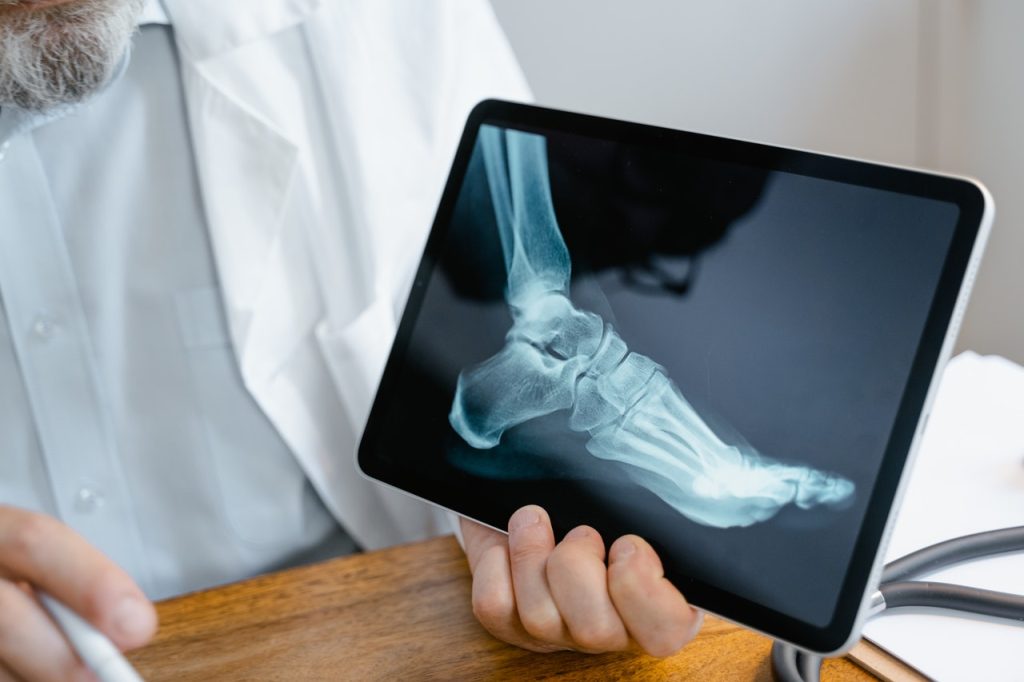
A study published in the Journal of Orthopaedic Research showed that physical activity levels may impact adolescents’ and young adults’ leg alignment during development, as measured by magnetic resonance imaging (MRI) scans.
The study included 57 elite male soccer players compared with 34 male and 34 female controls aged 11–21 years. Outcome measures were the hip knee angle (HKA), medial proximal tibial physeal angle (MPTPhyA), lateral distal femoral physeal angle (LDFPhyA) on full leg length MRI scans, and a physical activity questionnaire score.
Using magnetic resonance imaging scans, physical activity levels were associated with the development of varsus or ‘knock knees’, an abnormal leg alignment, which may represent a physiological adaptation to load where the shin bone meets the knee.
“Our study suggests that abnormal leg alignment, a risk factor for future injury and osteoarthritis, develops in early adolescence due to high activity levels,” said corresponding author Scott Fernquest, DPhil, of the University of Oxford. “Modifying activity levels during this critical period of growth may prevent the development of abnormal leg alignment. We hope our findings lead to further research investigating this possibility.”
Source: Wiley

